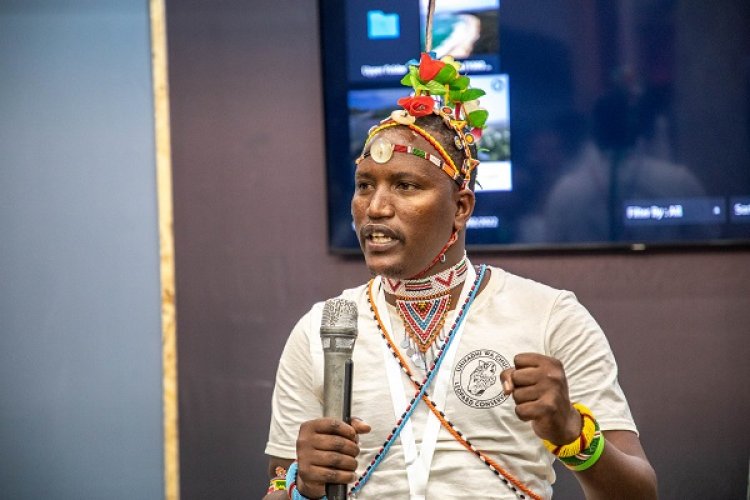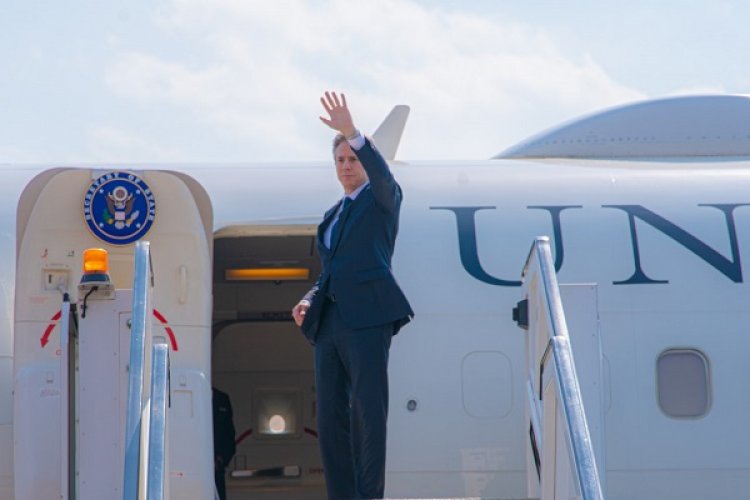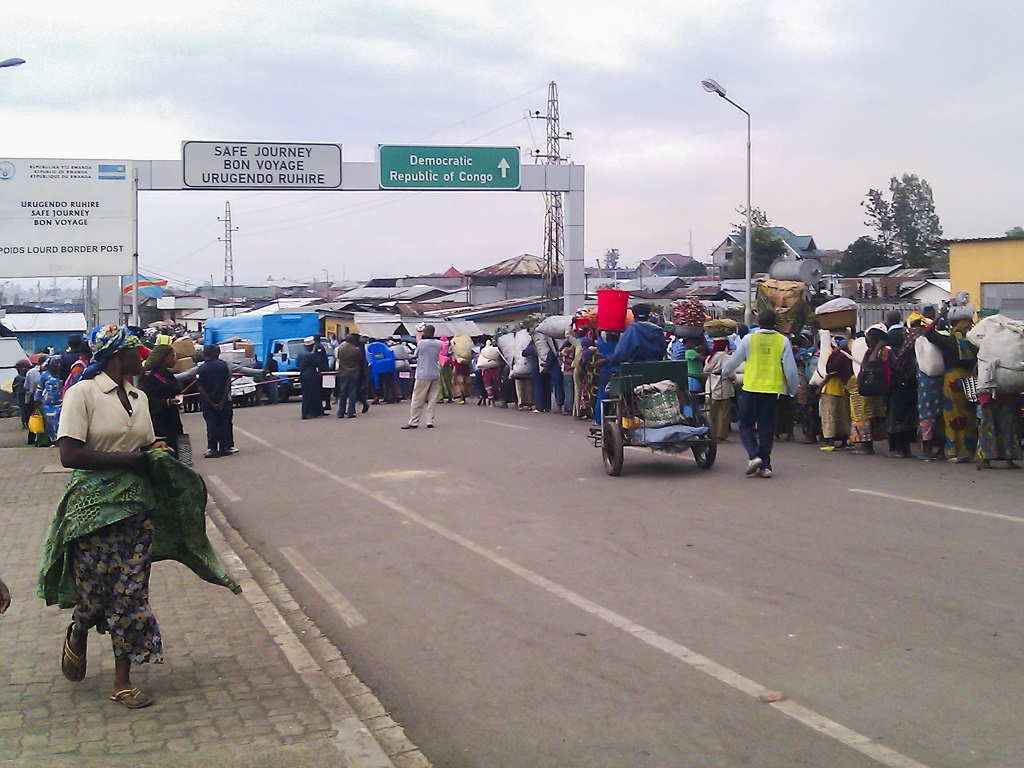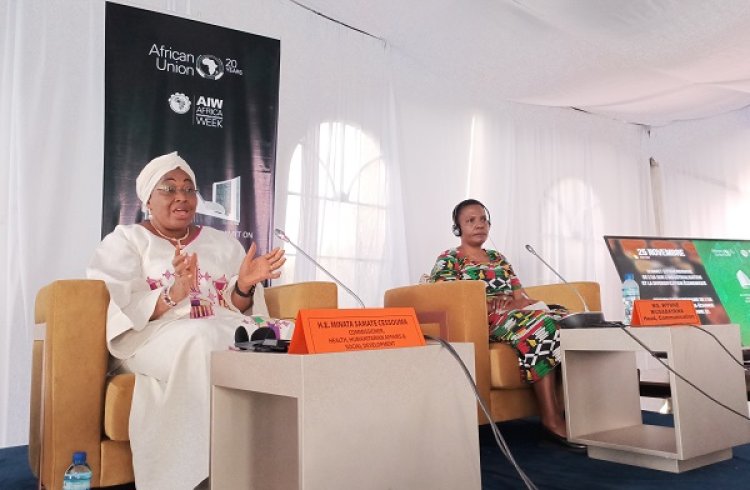The designation of 2023 as the year of the African Continental Free Trade Area (AfCFTA) implementation by the African Union has so far given impetus to raising awareness and exchange on issues that need most attention in the drive to accelerate inter-regional and intra-continental trade.
It’s timely conversation to have as Africa marks second year since eligible goods were allowed to move freely and enjoy preferential tariff treatment at borders of countries that are parties to the protocol establishing the continental free market.
AfCFTA promises to end decades-long fragmentation of African markets, thereby unlocking the 1.3 billion people market when it becomes fully operational.
However, as trade increasingly gains momentum with people and companies from at least eight countries that are leading the way on trade in assorted goods and services under the protocol, the question of currency for trading continues to emerge to be cause for great concern.
Transfer charges
For instance, with more countries expected on board in what will boost volumes and transactions, it is becoming apparent that a chunk of the revenues arising from the trade could be lost to currency bottlenecks.
The absence of common currency at regional and continental level, or at least an all-party binding payment and settlement system allowing trade in national currencies, forces those trading to make recourse to third currencies such as the Dollar, Euro or Pound.
Traders’ efforts are weighed down by the fact that they have to use their valuable time and capital to purchase third currencies to buy and pay for goods from peers.
Also read: The not so visible barriers to trade and why we are not e-buying
Doing so proves time-consuming and costly when you consider settlements and transfer charges or fees accrued mostly through intermediary banks that are based outside the continent.
So far, it’s only some nine African countries that are able to rid people of these losses after they embraced the Pan-African Payment and Settlement System (PAPSS), the initiative launched by African Export-Import Bank to facilitate cross-border money transfers.
Consignment delivery
African Union officials indicate at least nine countries so far embraced the system which, once operational across the board, could enable say a Rwandan ordering ceramic tiles in Nigeria to pay in Rwandan Francs while the Nigerian seller receives the equivalent in Naira.
The same would apply when, for instance, a Kenyan trader delivers a consignment of textiles or tea to a client in Ghana. The latter would make payment in Cedi for the former to receive funds in Shillings in the bank account
The system promises to make it possible to transact in all the 42 national currencies that are used across Africa, according to officials spearheading the initiative.
However, having formally been launched in January last year, PAPSS success will depend on how fast governments across Africa buy into the idea and go ahead to roll it out within respective banking systems.
It’s not a straight forward thing, and trade activity cannot wait.
Trade cost
It is, therefore, high time African leaders revive monetary union negotiations which had been under way since 1991 with plans to have a single African currency in place by 2021 as per the Abuja treaty, albeit in vain.
Similar plans by Africa’s main regional economic blocs like EAC, SADC, COMESA and ECOWAS, among others are still far from materialising despite these blocs making progress on other integration fronts such as customs union and ease of movements, among others.
Some of the challenges militating against free trade in currencies of different African countries include currency convertibility problem and cross border traders are hesitant to accept payments in local currencies.
This, therefore, calls for merger of all the currencies into a single one whose rate can be controlled through a monetary union system involving a central bank at continental level.
Also read: African leaders root for AfCFTA full operationalisation
Afrexim Bank figures show that recourse to third currencies in intra-continental trade cost Africa over $5 billion annually, monies that end up in coffers of non-African markets that control these major global currencies.
This denies intra-African trade the much-needed growth to power development, industrialisation and job creation for millions across the continent, while perpetuating decades old colonial trade patterns.
Besides, traders’ efforts are weighed down by the fact that they have to use their valuable time and capital to purchase third currencies to buy and pay for goods from peers.
Incurred charges, just like losses associated with fluctuating value of local currencies against major foreign currencies, come to haunt the consumers in form of high cost of goods that come to the markets across the continent.
Going forward and as the AfCFTA gains momentum, unified currency plans should be expedited as key priority of African leaders, on top of other issues that are equally part and parcel of trade like free movement of people, right of establishment and liberalisation of air transport.
Also read: AfCFTA story good, but hard to sell without free movement
~ The article was first published by TRT Afrika










